Additional Resources for Students who are Blind or Visually Impaired
- National Federation for the Blind
The National Federation for the Blind has compiled a list of learning activities and education resources for visually impaired students.
- TapTapSee
Photograph an object and the app identifies the object with a text description.
- ABBYY TextGrabber
Photograph printed materials and the app’s OCR (optical character recognition) technology transforms images with text into regular text. The text can be read using VoiceOver, copied into a reading app, or translated to other languages.
- ezPDF Reader
Reads accessible PDF files while maintaining the page layout and allows you to annotate PDF files with various tools.
- The UM Kellogg Eye Center
The UM Kellogg Eye Center created a list of iOS apps for students with low vision requirements. The list includes audiobook apps, speech to text dictators, digital zooming programs, and talking calculators among many others.
Additional Resources for Students who are Deaf or Hard of Hearing
Additional Resources for Students with Learning Disabilities, ADHD, ASD
- Learning Disability Association of America
- ADDitude Mag
- National Center for Learning Disabilities
- College Autism Network
Resources to Help Manage Mental Health and Wellness
- WellTrack Boost
WellTrack Boost is designed to help you understand your mental health and to provide you with the help that you need right now. WellTrack Boost is a suite of online tools and courses that uses aspects of Cognitive Behavioral Therapy to help you identify, understand and address issues that you are having.
- National Suicide Prevention Lifeline
The suicide prevention hotline provides free and confidential emotional support to people in a suicidal crisis or emotional distress. By calling 1-800-273-TALK (8255) you will be connected to a skilled, trained counselor at a crisis center in your area, anytime 24/7. Hearing-impaired TTY users may dial 1-800-799-4889.
- Trevor Lifeline
The Trevor Lifeline is the nation’s only around-the-clock crisis intervention and suicide prevention lifeline for lesbian, gay, bisexual, transgender, and questioning youth. Call 1-866-488-7386. (Note: the lifeline will talk with any individual regardless of sexuality or gender.)
- What's Up
What's up uses Cognitive Behavior Therapy and Acceptance Commitment Therapy approaches to help users cope with depression, anxiety, and stress. The app contains over 100 different questions to help pinpoint what you are feeling and offers thinking patterns to teach you how to stop negative internal thoughts.
- Mind Shift
Mind Shift is an app designed specifically for young adults with anxiety. Mind Shift helps users change their focus from avoiding anxious feelings to being mindful about how you think about anxiety and process through anxious situations and feelings.
MORE General Resources for
Assistive Technology
- Microsoft Teams and Captions or Subtitles
- PowerPoint and Presentations with Captions
- Microsoft Accessibility Checker
- Focus Assist- Turn off distracting notifications for a period of time
- Dictate your Documents- Voice to Text
- Microsoft Teams and Screen Readers
- Text to Speech Software Options
- Speech to Text Software Options
- On-demand video training from Microsoft
- What is Microsoft Teams?
- Adobe Acrobat Pro PDF Accessibility
- Accessibility features in Zoom for college use
